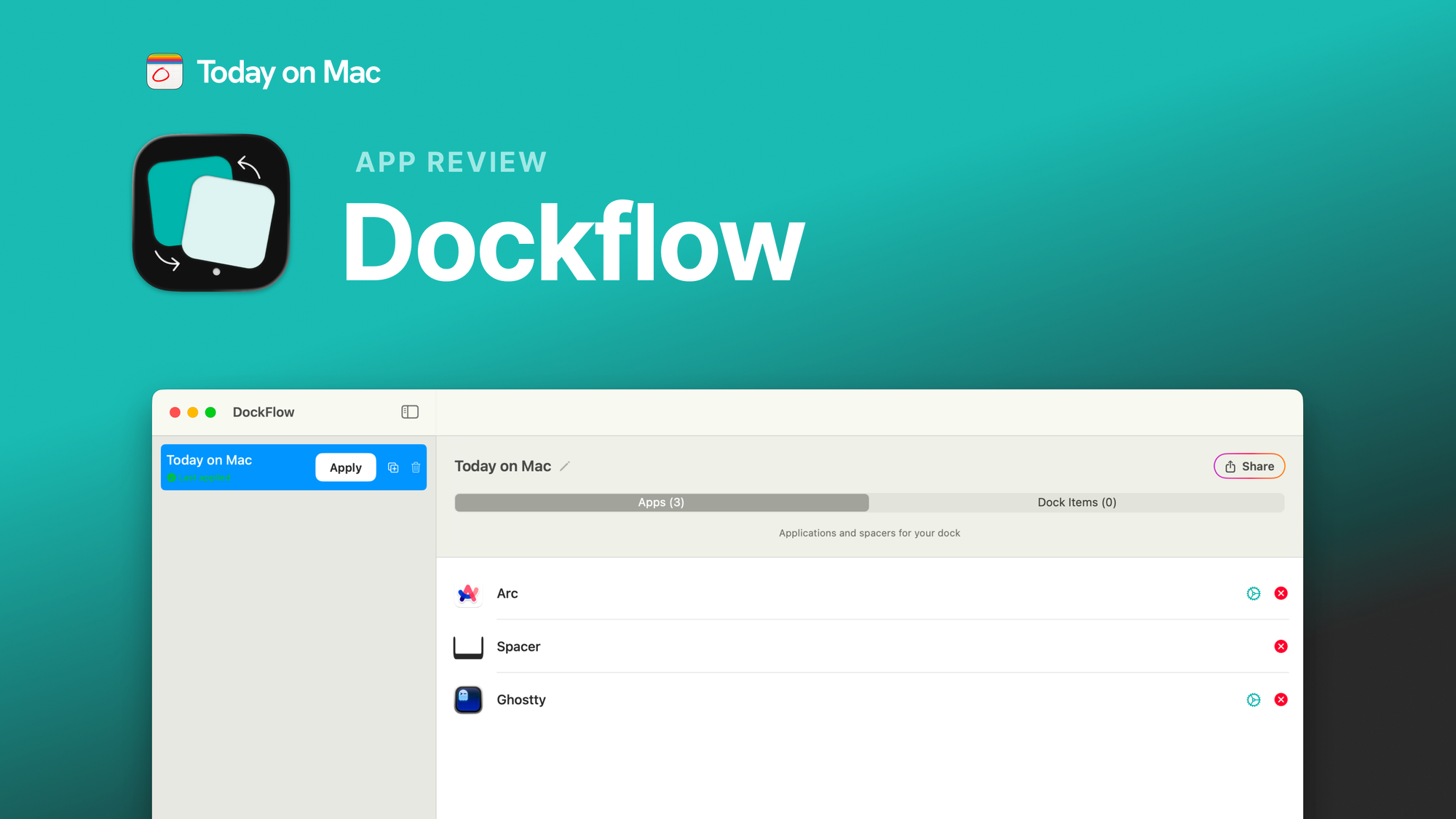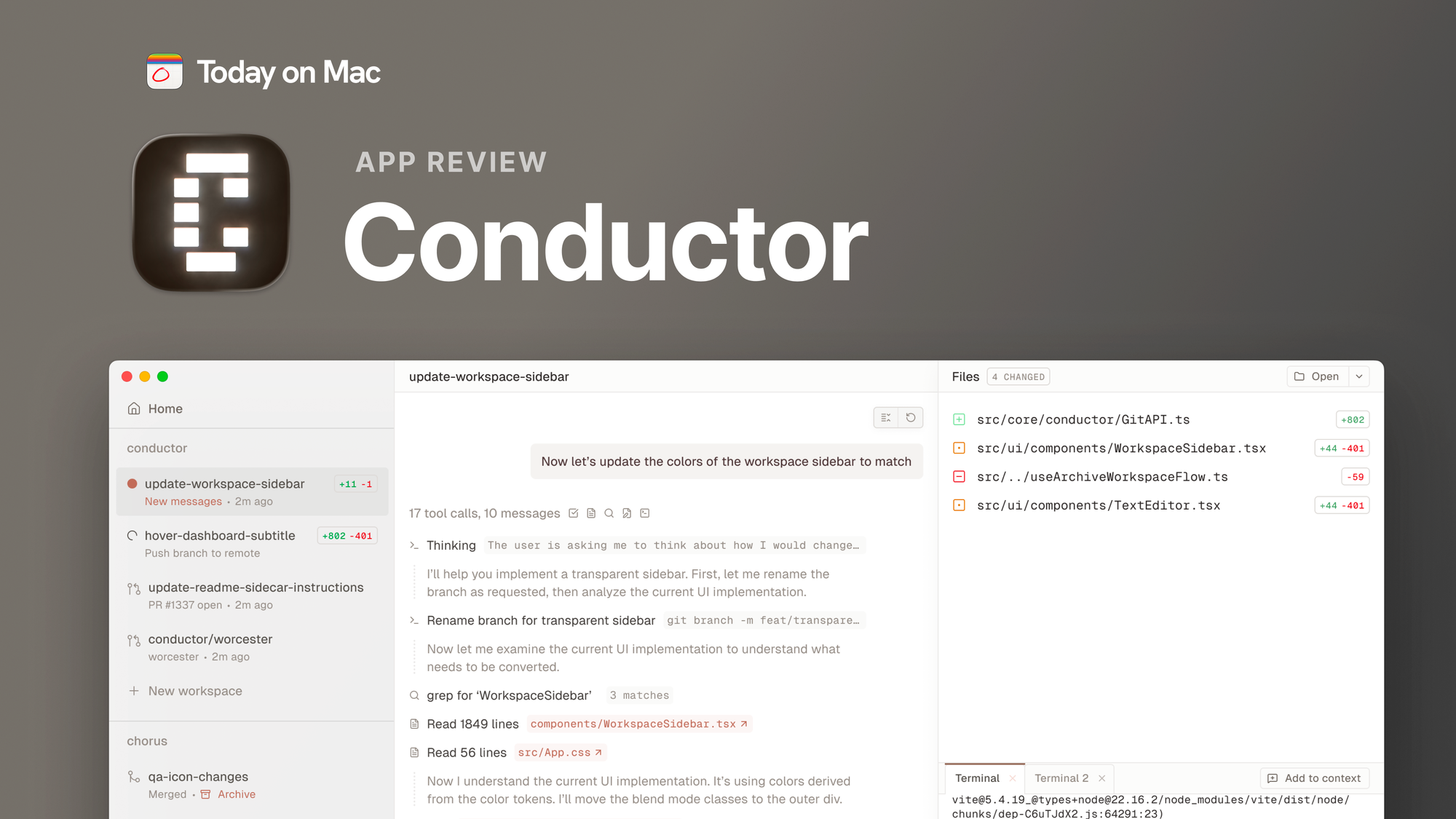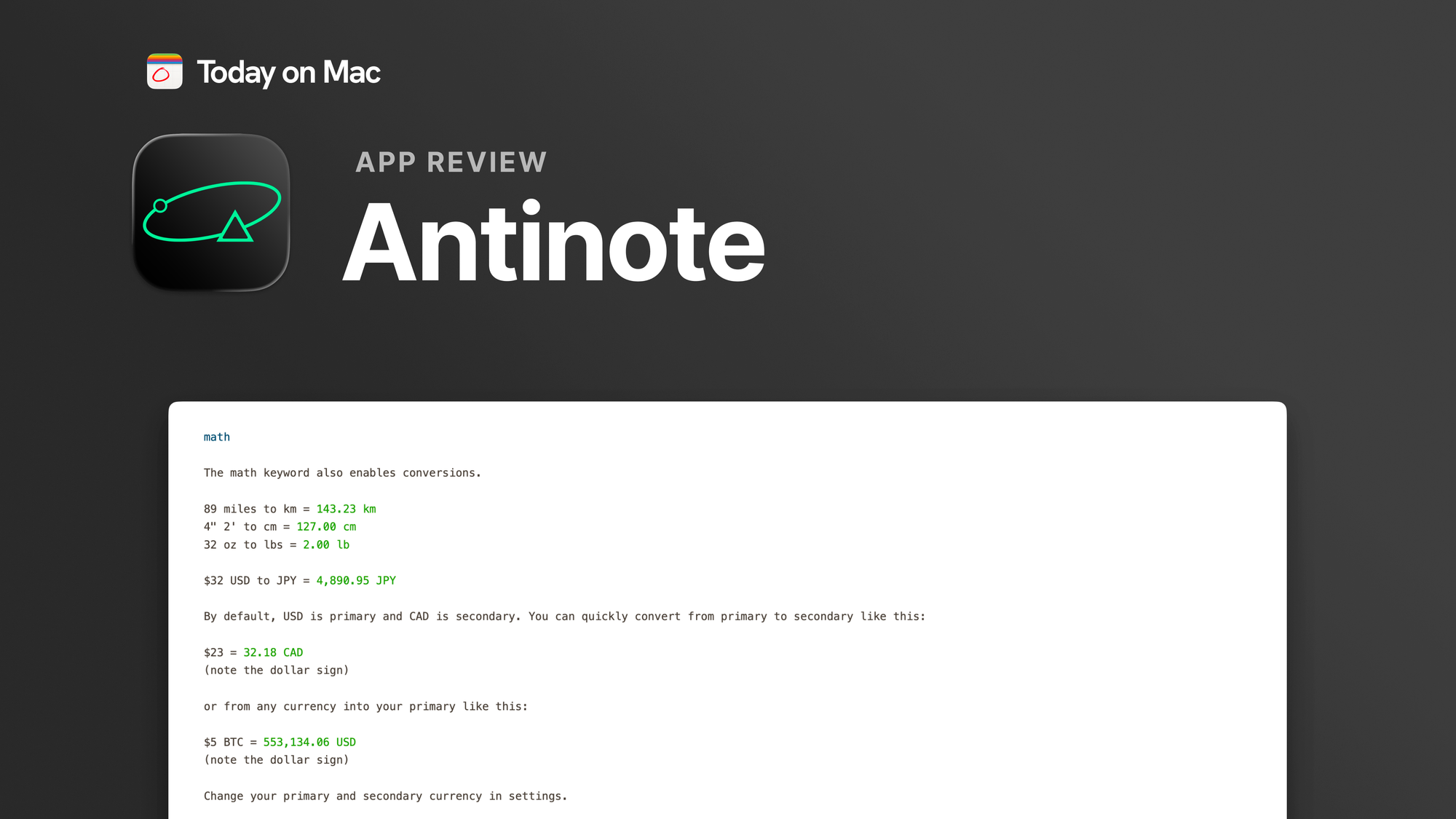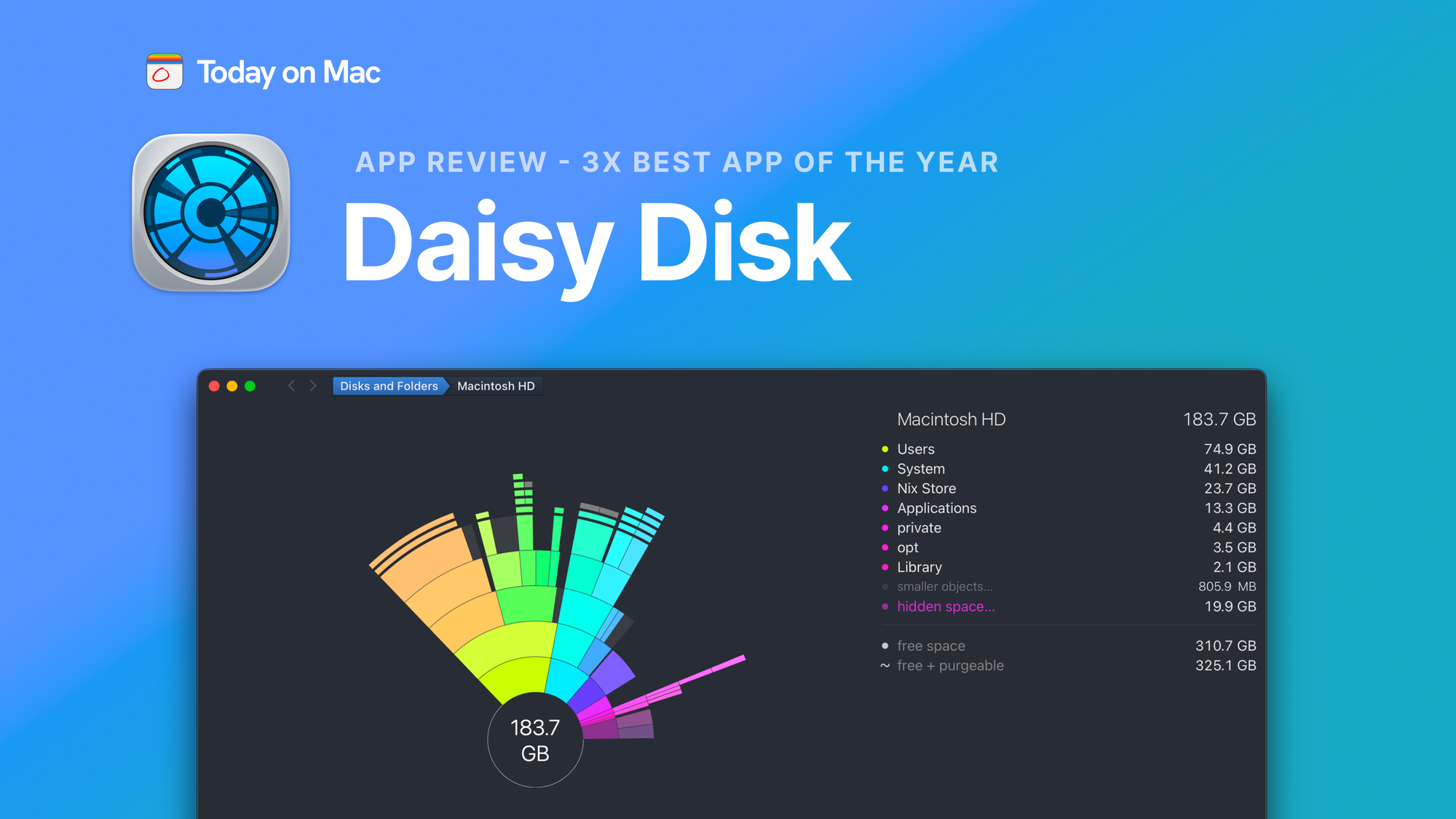You open Xcode to start coding. Your Dock fills with developer tools—Terminal, GitHub Desktop, Postman. Two hours later, you switch to design work. Now you need Figma, Sketch, and Adobe apps, but your Dock is still cluttered with development tools. Every context switch chips away at your focus.
DockFlow is a macOS productivity app that lets you save multiple Dock configurations and switch between them instantly with a click or hotkey. Built by AppitStudio, it solves a problem Apple has ignored for years: macOS only supports one Dock layout, forcing you to manually rearrange it every time your workflow changes.
Unlike Dock replacement apps, DockFlow works with macOS's existing system. Create preset configurations for coding, design, writing, meetings, or personal time, then switch between them in under a second. Your Dock transforms to match your current task, keeping what you need visible and everything else out of the way.
Key features that make it stand out
DockFlow's core strength is effortless preset switching. Create custom Dock layouts for different contexts—work, side projects, entertainment—and switch between them with one click from the menu bar or a custom hotkey. The transition happens instantly.
The setup process respects your existing workflow. Load your current Dock as a starting point, then add, remove, or rearrange apps to match a specific context. Each preset saves exactly what you want visible.
Hotkey support turns preset switching into muscle memory. Assign ⌘⌥1 for coding, ⌘⌥2 for design, ⌘⌥3 for writing. After a few days, your Dock just matches what you're doing without conscious thought.
DockFlow goes beyond apps. Add folders for quick access to project directories, files you reference constantly, or website links you visit repeatedly. Visual spacers let you group related items—communication apps on the left, project apps in the middle, utilities on the right.
For power users, DockFlow includes CLI tools and Apple Shortcuts integration. Automate Dock changes based on time of day, calendar events, or Focus mode activations. Trigger a "Meeting" preset when your next calendar event starts, or switch to "Personal" preset at 6 PM automatically.
App Actions let you launch specific apps when switching presets. Your "Morning Routine" preset can automatically open Mail, Calendar, and Slack. Your "Deep Focus" preset can close distracting apps while opening your main work tools.
The good, the not-so-bad, and the DockFlow
Pros
DockFlow's simplicity is its greatest strength. No complex permissions, no system modifications, no learning curve. The interface stays out of your way, letting you focus on work instead of configuration.
The pricing model offers genuine flexibility. Pay €9.99/year for single-device use, or grab lifetime access at €39.99 for two Macs (€59.99 for three). The lifetime option makes sense for anyone with a MacBook and desktop setup—you pay once and own it permanently, no recurring charges. At €39.99, you're paying roughly four years of typical subscription apps for permanent access.
I tested DockFlow across three distinct workflows: writing articles, coding side projects, and client design work. Each preset eliminated the mental overhead of "Where did I put that app?" The Dock matched my current task automatically, reducing cognitive load during transitions.
Hotkeys transform the experience from "convenient" to "essential." After assigning shortcuts to my main presets, switching contexts took less than a second—just instant Dock transformation.
The automation capabilities extend beyond manual switching. I set up a Shortcut that activates my "Deep Work" preset when I enable Focus mode, then reverts to my default preset when Focus ends.
Cons
You can't sync presets across multiple Macs—each machine requires separate configuration. If you work on a MacBook and an iMac, you'll need to recreate your presets on both devices.
The lack of cloud sync means no easy backup or sharing. You'll need to rebuild them manually on new machines or use manual export feature.
DockFlow works with the native Dock system, which means you inherit macOS limitations. You can't create different Dock sizes or change positioning per preset. The tool focuses on icon arrangement and visibility.
For users who barely use the Dock—relying instead on Spotlight, Raycast, or Alfred for app launching—DockFlow offers less value. The productivity gain comes from visual organization and quick access.
UI
The interface embodies Apple's design philosophy: simple, obvious, functional. The menu bar icon provides instant access to all presets. The settings window offers straightforward preset management with drag-and-drop app arrangement.
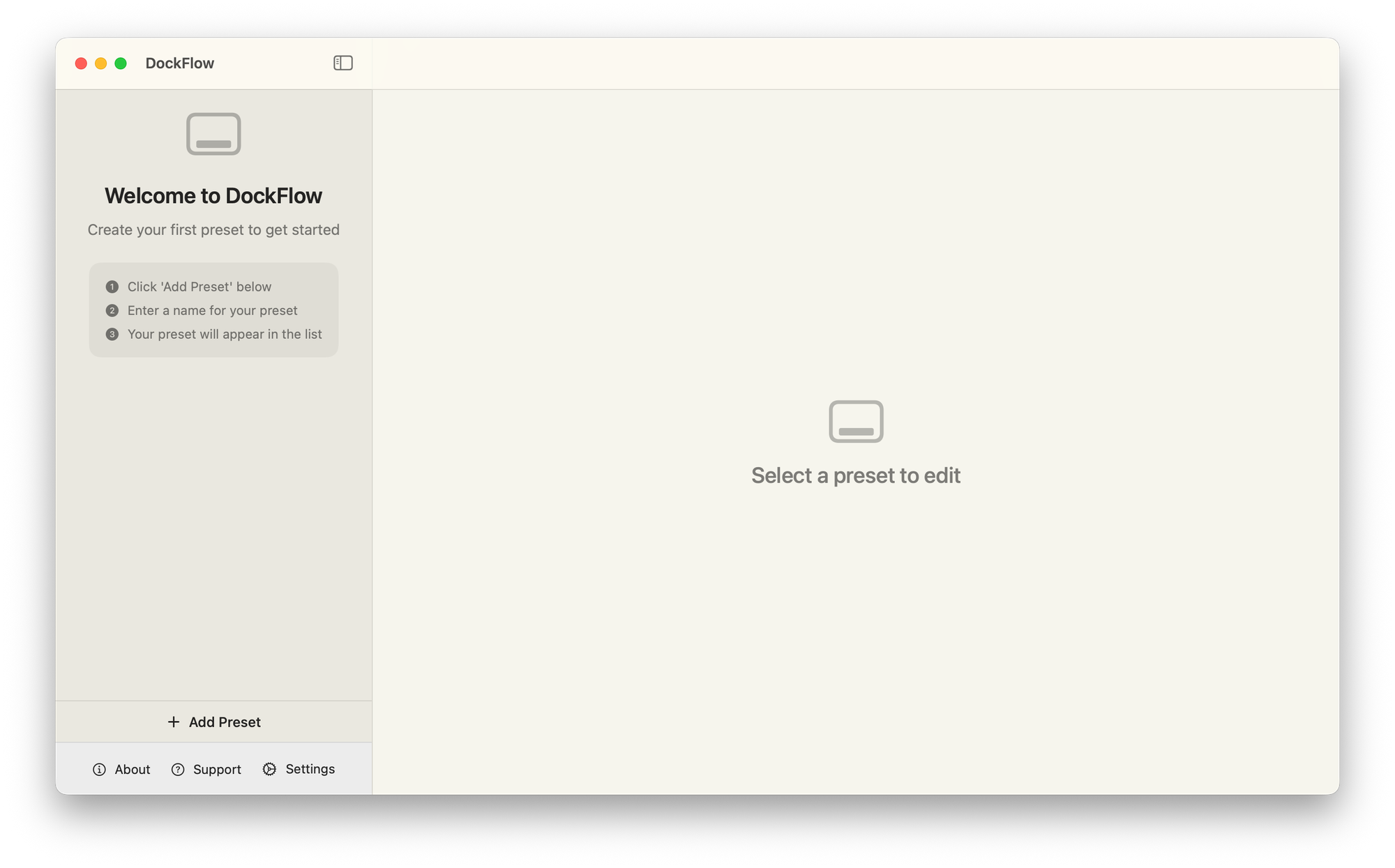
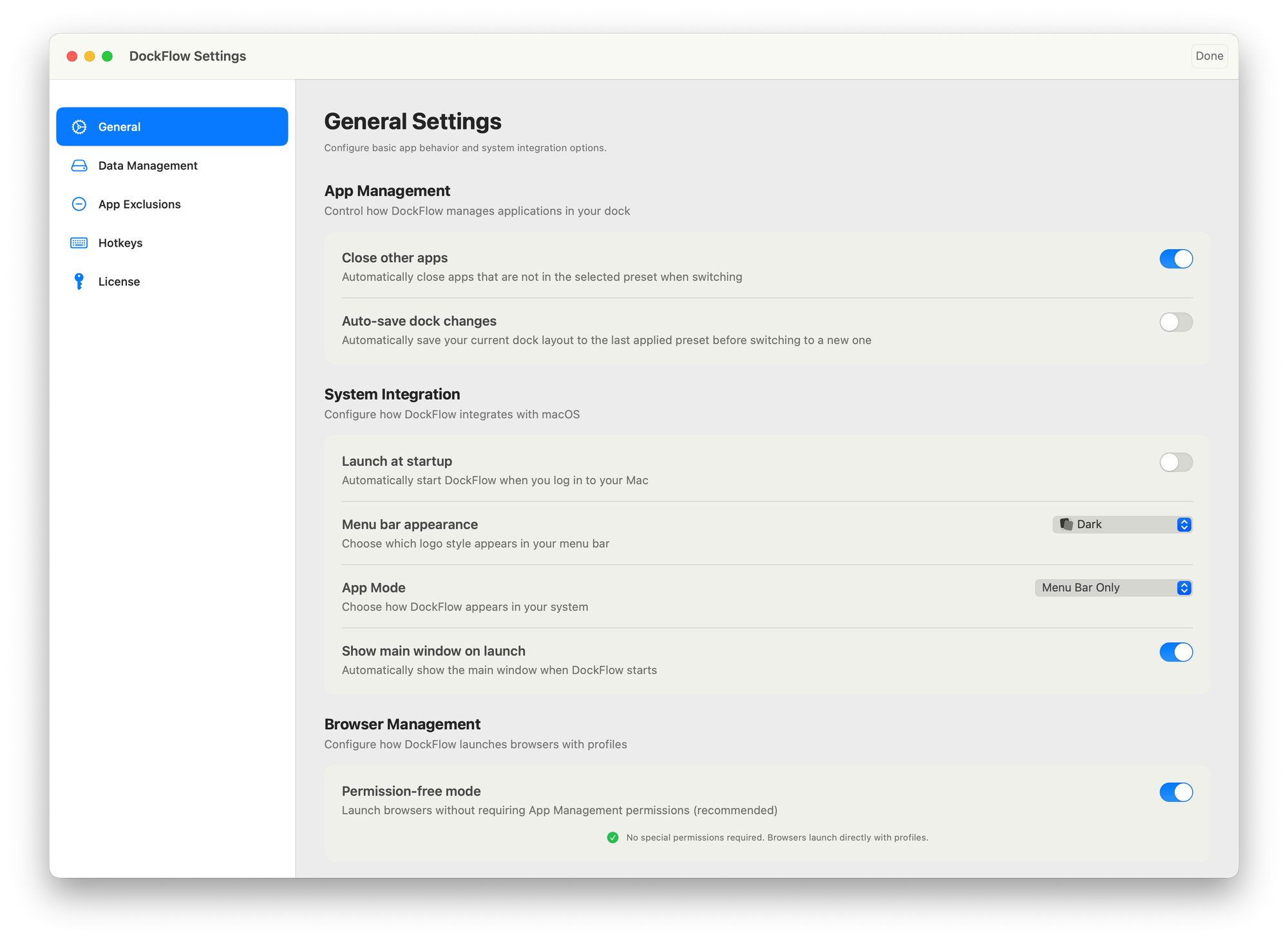

Performance and user experience
DockFlow performs flawlessly on Apple Silicon and Intel Macs. Preset switching happens instantaneously—no lag, no visual glitches. The transition feels native because it uses macOS's own Dock system.
Memory footprint stays minimal at approximately 40MB of RAM. The app launches at login silently, ready when you need it without impacting startup time.
I tested DockFlow for a week of varied workflows. My "Writing" preset kept Notes, Ghost, and Arc with research tabs visible while hiding development tools. When I switched to coding, my "Developer" preset brought up Cursor, Ghostty, and Orbstack. The mental clarity from seeing only relevant tools eliminated the distraction of unused apps demanding attention.
The hotkey implementation proved particularly valuable during rapid context switches. When a client call interrupted coding work, ⌘⌥3 switched to my "Meeting" preset with Zoom, Notes, and Calendar visible. After the call, ⌘⌥1 returned to my development setup instantly.
Users on TinyLaunch rated DockFlow 4.8/5, praising its simplicity and immediate utility. The Hacker News launch discussion received 65 upvotes with 47 comments, mostly positive feedback about solving a long-standing macOS limitation.
Christopher Woggon from TinyLaunch highlighted the work-life balance benefit: "It's super handy if you use your Mac for different things, like work, side projects, or just chilling, and want a clean setup for each."
Pricing: What's the damage?
DockFlow offers pricing that matches how power users actually work across multiple devices.
The yearly subscription runs €9.99 annually for single-device use. This suits users who want ongoing access without upfront commitment, or those working exclusively on one Mac.
Lifetime access eliminates subscription overhead entirely. €39.99 covers two Mac devices (discounted 20% from €49.99), €59.99 covers three (down from €79.99). For power users maintaining automated workflows across multiple machines—development laptop, home desktop, portable MacBook—the lifetime tier makes sense. You're buying infrastructure, not renting it.
This pricing model increasingly feels like an outlier. Most productivity apps in 2025 default to subscriptions—$5/month, $10/month, $15/month compounding forever. DockFlow's lifetime option respects users who want to own their automation tools outright.
For power users, the value proposition is particularly strong. The CLI and Shortcuts integration alone justify the cost for anyone building automated workflows. You're not just buying preset switching; you're buying scriptable Dock manipulation that integrates with your broader automation ecosystem across all your Macs.
About the developer
AppitStudio created DockFlow after experiencing the exact problem it solves. The developer (known as pugdogdev on Hacker News) explained: "I built DockFlow after constantly rearranging my macOS Dock when switching between coding, designing, or writing tasks. macOS only supports one Dock layout, and every context switch felt like wasted time and broken focus."
DockFlow wasn't designed to fill a market opportunity or chase productivity trends. It emerged from personal frustration with a workflow limitation that Apple has ignored for years. The result is a tool that solves a specific, real problem without unnecessary features.
The developer's active presence on Hacker News and Product Hunt demonstrates responsiveness to user feedback. AppitStudio maintains a blog covering productivity topics and macOS workflow optimization, suggesting continued investment in the Apple productivity ecosystem.
Is DockFlow worth the flow?
After two weeks of intensive use with extensive automation setup, DockFlow has become essential infrastructure in my macOS environment. The combination of manual preset switching via hotkeys and automated preset activation via Shortcuts transformed how my Mac adapts to workflow changes.
For power users comfortable with Apple Shortcuts or CLI scripting, DockFlow delivers exceptional value. The automation hooks let you build sophisticated context-switching systems that respond to calendar events, Focus modes, time of day, or custom triggers.
The lifetime purchase at €39.99 (two devices) or €59.99 (three devices) makes this an obvious investment for anyone building automated workflows. You're buying scriptable Dock manipulation that integrates with your broader automation infrastructure.
For non-technical users who prefer manual control, DockFlow still delivers value through hotkey-based preset switching. The automation features become optional power user capabilities rather than mandatory requirements.
Users maintaining minimal, static workflows or those who ignore the Dock entirely won't benefit significantly. DockFlow optimizes for context-switching workflows specifically.
Despite the lack of native cloud sync, DockFlow solves a problem Apple has ignored for years while providing automation hooks that let you build sophisticated productivity systems. At these price points, that combination is exceptional value.
Have you built interesting automation workflows on macOS? Share your setup with @todayonmac on X!



